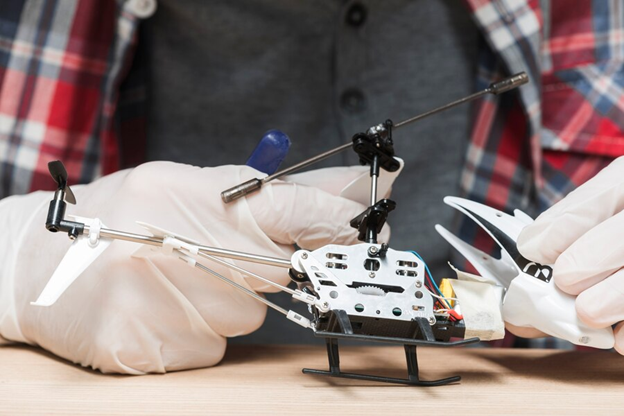
In structural engineering and urban planning, the integration of advanced technologies has revolutionized the way we approach retrofitting projects. One such groundbreaking innovation is the use of drone LiDAR scanning, which has significantly enhanced the efficiency and precision of soft story retrofitting initiatives worldwide.
Enhancing Precision through Drone LiDAR Scanning
Drone LiDAR scanning represents a pivotal advancement in the field of surveying and mapping for construction projects. Unlike traditional surveying methods that rely on manual measurements and ground-based equipment, LiDAR (Light Detection and Ranging) technology harnesses laser pulses emitted from drones to create highly detailed three-dimensional models of structures and landscapes. This capability allows engineers and architects to obtain accurate data swiftly and with minimal disruption to the surrounding environment.
The Role of LiDAR in Soft Story Retrofitting
Soft story buildings, characterized by weaker lower floors that are susceptible to collapse during earthquakes, present significant safety challenges in seismic regions. Soft Story Retrofitting these structures involves reinforcing the ground floor to improve overall structural integrity and mitigate seismic risks. LiDAR scanning plays a crucial role in this process by providing detailed insights into the existing structural conditions and facilitating precise planning and execution of retrofitting measures.
Detailed Structural Assessments
One of the primary advantages of employing drone LiDAR scanning in soft story retrofitting projects is its ability to conduct comprehensive structural assessments. By generating highly accurate 3D models of buildings, LiDAR technology enables engineers to analyze potential vulnerabilities with unprecedented detail. This includes identifying areas of structural weakness, assessing load-bearing capacities, and evaluating the effectiveness of previous retrofitting measures.
Efficiency in Data Collection and Analysis
Traditional methods of structural assessment often require extensive manual measurements and visual inspections, which can be time-consuming and prone to human error. In contrast, drone LiDAR scanning automates the data collection process, significantly reducing the time and resources needed for project assessments. The technology captures millions of data points per second, creating detailed digital representations that facilitate more informed decision-making throughout the retrofitting process.
Optimizing Retrofitting Strategies
By integrating LiDAR-derived data into Building Information Modeling (BIM) software, engineers can develop optimized retrofitting strategies tailored to the specific structural conditions of soft story buildings. BIM technology allows for virtual simulations of retrofitting scenarios, enabling engineers to test different reinforcement techniques and assess their potential impact on structural performance before implementation. This proactive approach not only enhances the effectiveness of retrofitting measures but also minimizes disruption to building occupants during construction.
Ensuring Compliance and Safety Standards
In seismic-prone regions, regulatory compliance with safety standards is paramount to protect lives and minimize property damage during earthquakes. Drone LiDAR scanning facilitates compliance by providing detailed documentation of structural conditions and retrofitting progress. This documentation serves as a crucial reference for regulatory authorities and ensures that retrofitting projects meet stringent safety requirements and building codes.
The integration of drone LiDAR scanning represents a paradigm shift in the field of soft story retrofitting, offering unparalleled precision, efficiency, and safety in structural assessments and remediation efforts. As cities continue to grapple with seismic risks and aging infrastructure, leveraging LiDAR technology will be instrumental in safeguarding communities and buildings against the devastating impacts of earthquakes. By harnessing the power of innovation, engineers and urban planners can forge a path towards resilient, sustainable urban landscapes that prioritize safety and structural integrity for generations to come.
